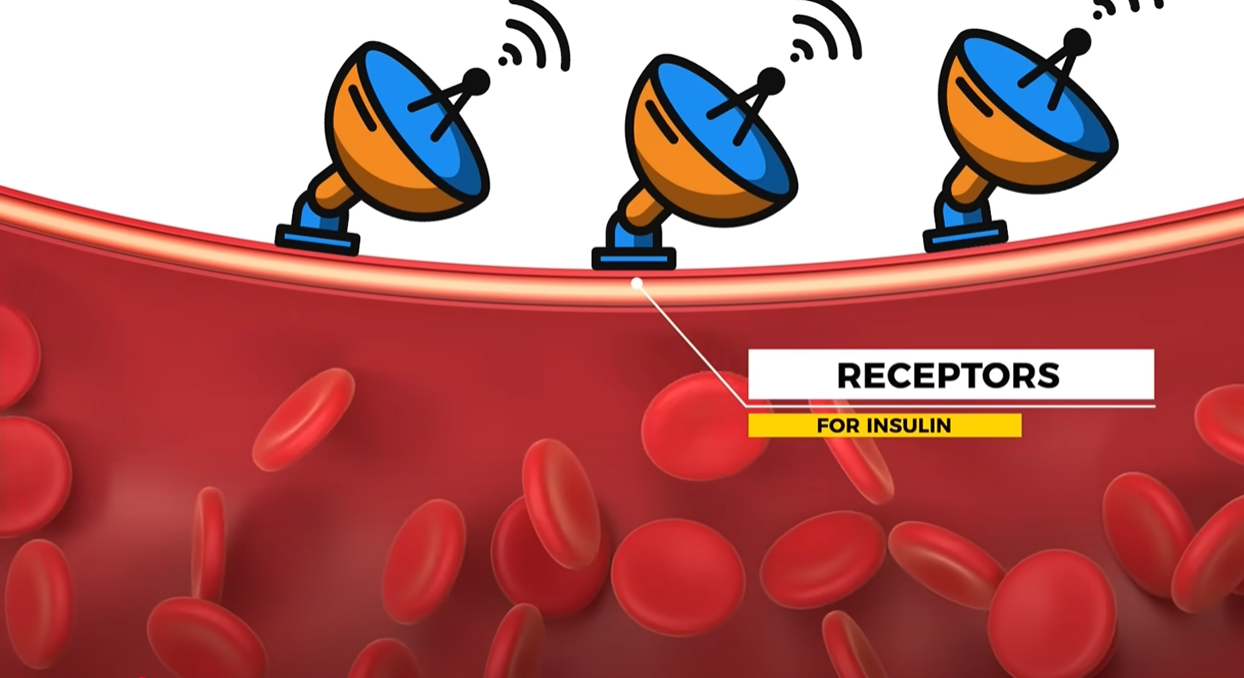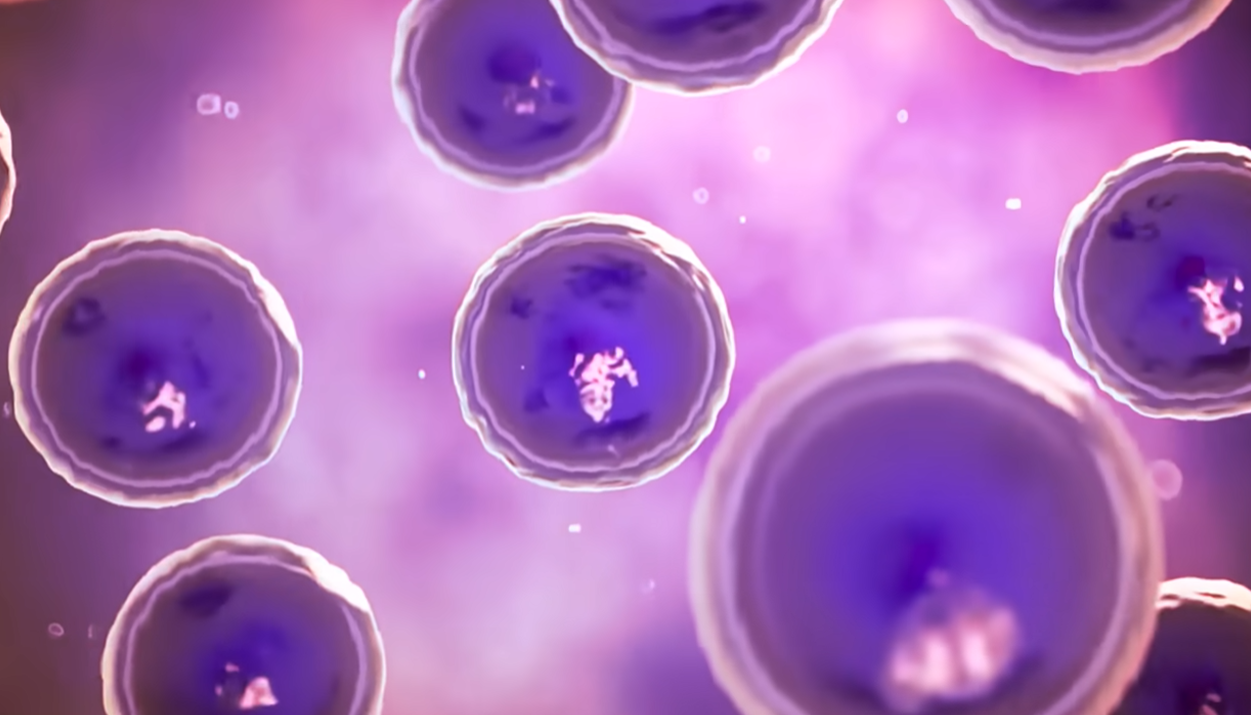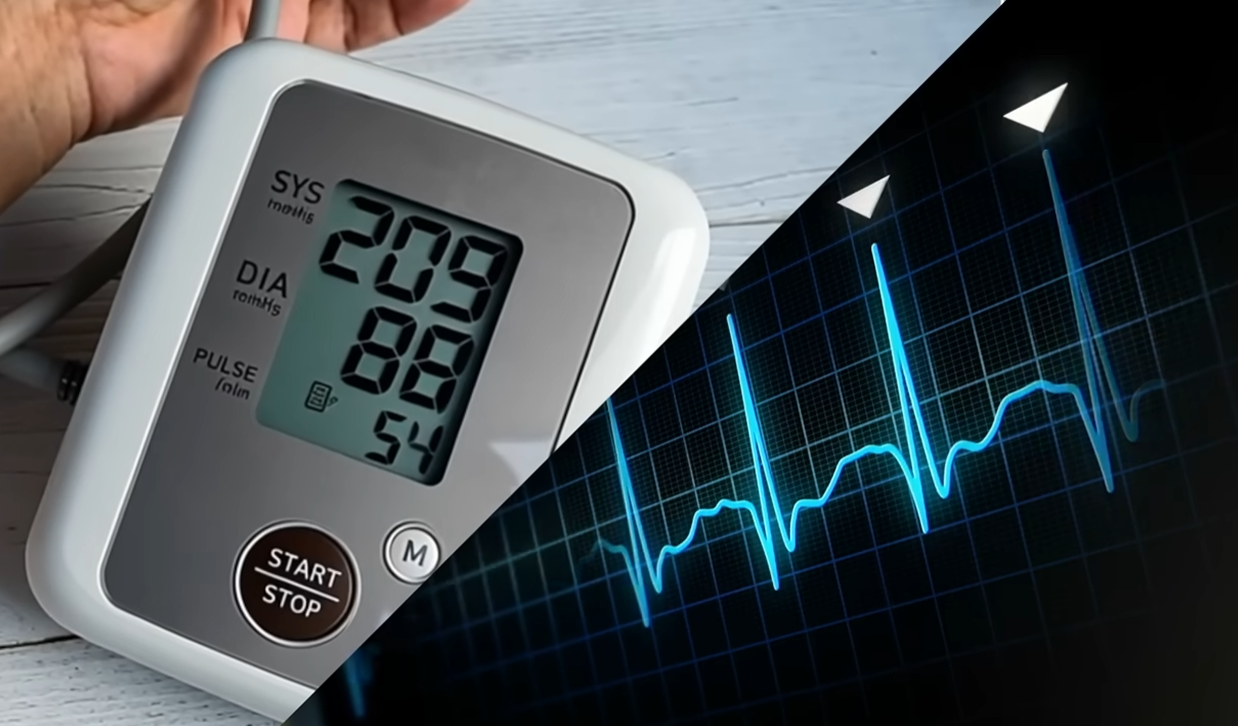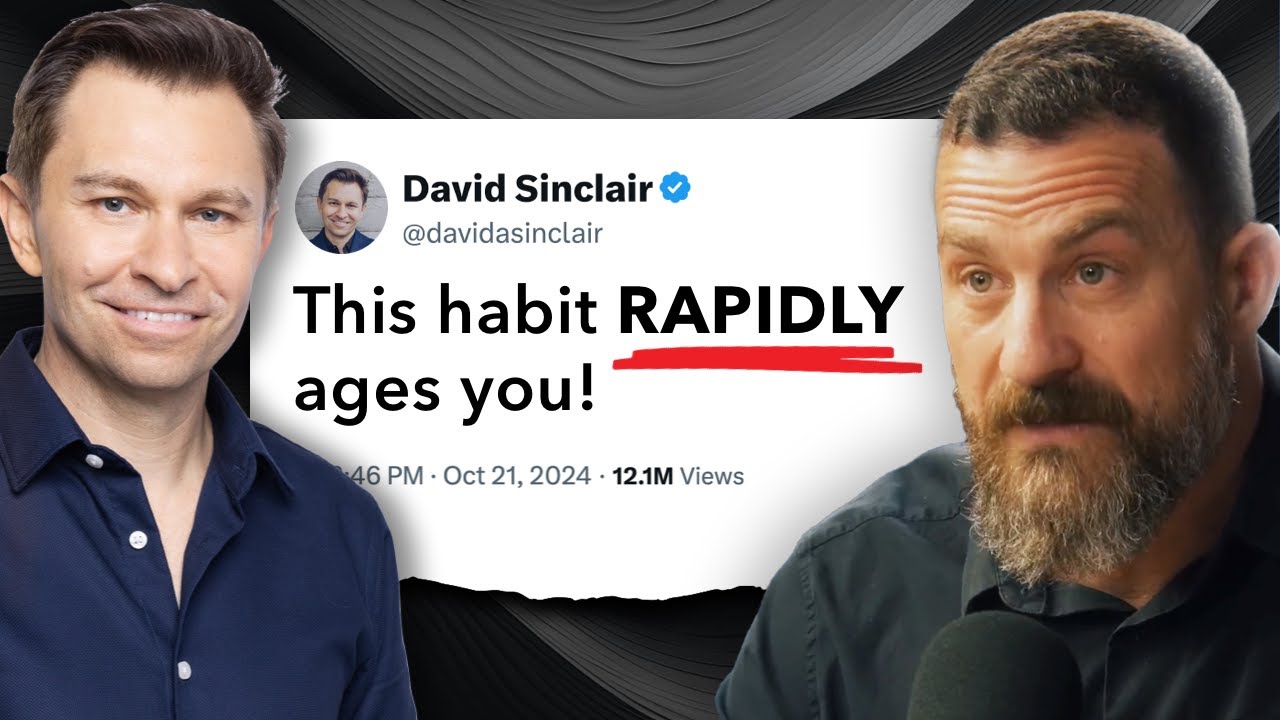For millions of Americans, high blood pressure — also known as hypertension — is treated like a disease in itself. But what if we’ve been looking at it all wrong?In truth, hypertension is not a disease. It’s a symptom — a warning sign that something deeper is out of balance. And while conventional medicine often chalks up 90% of hypertension cases to “unknown causes,” nutritional science paints a much clearer picture. At the center of it all lies a familiar culprit: insulin resistance.
Let’s explore how this metabolic issue silently drives up your blood pressure, damages your arteries, and what you can do — starting today — to reverse it using natural, evidence-based strategies.

Understanding How Blood Pressure Works
Your blood vessels are lined with a delicate layer of cells called the endothelium. These cells help regulate blood flow, inflammation, and vascular relaxation — largely through their sensitivity to insulin.
Under healthy conditions, insulin triggers nitric oxide release, which causes blood vessels to relax and widen. This natural vasodilation keeps pressure balanced throughout the circulatory system. But when insulin resistance develops, the receptors on those endothelial cells stop responding. Blood vessels become stiff, constricted, and inflamed — pushing blood pressure higher.
In short, insulin resistance makes it difficult for your arteries to relax, while also promoting calcium buildup inside the cells, further tightening your vascular system. This is one reason calcium channel blockers are often prescribed for hypertension — they’re treating the symptom, not the root cause.
The Role of the Glycocalyx: Your Artery’s Protective Shield

There’s another key player in this story — the glycocalyx. Think of it as the non-stick coating on your blood vessels. This microscopic layer shields the endothelium from damage and regulates nutrient exchange, inflammation, and clotting.
But here’s the catch: the glycocalyx is extremely sensitive to sugar, especially excess glucose and fructose. When your diet is high in refined carbs or processed foods, it’s like pouring acid rain on that protective barrier. Over time, this damage:
- Increases arterial stiffness
- Triggers inflammation
- Leads to calcium deposits and clotting
- Raises blood pressure
If your glycocalyx is compromised and insulin receptors are resistant, simply improving your diet won’t lower your blood pressure overnight — because the damage takes time to repair.
How Insulin Resistance Worsens Nutrient Deficiencies
Insulin resistance doesn’t just stiffen arteries — it also disrupts your body’s ability to absorb and utilize key blood pressure-regulating minerals. These include:
- Magnesium
- Potassium
- Sulfur
- Vitamin D
Each of these nutrients plays a vital role in vascular function. Without them, even the best diet and exercise plan may fall short.

A Natural Approach to Lowering Blood Pressure
The most effective way to address hypertension naturally is to target insulin resistance directly, while also supporting arterial health with strategic nutrition. Here’s a science-based plan that I’ve used with clients for over 20 years:
1. Adopt a Low-Carbohydrate, Whole-Food Diet
Switching to a low-carb, high-quality protein and fat eating pattern is essential to reversing insulin resistance. Focus on:
- Non-starchy vegetables (broccoli, spinach, kale)
- Healthy fats (avocados, olive oil, grass-fed butter)
- Quality proteins (wild-caught fish, pasture-raised eggs, grass-fed beef)
- Eliminate added sugars, refined flours, and seed oils
Expert Tip: Use a food journal to track hidden carbs. Many “healthy” packaged foods contain added sugars or starches that can sabotage progress.
2. Practice Intermittent Fasting
Giving your body regular breaks from eating helps stabilize insulin levels, promote fat burning, and reduce oxidative stress. A simple 16:8 fasting pattern (fast for 16 hours, eat during an 8-hour window) works for most people.
Combine intermittent fasting with your low-carb diet to accelerate results.
Nutrients That Support Vascular Health
To restore arterial function and rebuild the glycocalyx, supplement your nutrition plan with the following:
1. Vitamin D3 (10,000–20,000 IU/day)
Vitamin D enhances endothelial function and helps regulate the immune system. But it requires adequate magnesium to activate.
2. Magnesium Glycinate
Magnesium relaxes blood vessels, reduces stress hormones (like cortisol), and balances calcium levels. It’s a must for both cardiovascular and nervous system health.
Culinary Tip: Add leafy greens, pumpkin seeds, and wild-caught salmon to your meals — all rich in magnesium.
3. Potassium (3,000–4,700 mg/day from food)
Potassium helps lower sodium retention, eases muscle contractions, and directly supports blood pressure regulation. Good sources include:
- Avocados
- Sweet potatoes
- Spinach
- Coconut water
Avoid high-sugar fruits and instead focus on potassium-rich vegetables and low-glycemic options.
4. Sulfur-Rich Foods
Sulfur helps rebuild the glycocalyx and supports detoxification. Rather than taking a supplement, aim to eat:
- Pasture-raised eggs
- Grass-fed red meat
- Onions, garlic, and cruciferous vegetables
Contrary to popular belief, moderate intake of red meat and eggs — when pasture-raised and unprocessed — can improve heart health, not harm it.
Stress, Sleep, and the Nervous System
If your systolic pressure (the top number) remains high even after diet and nutrients are corrected, the problem may lie with your sympathetic nervous system — your body’s fight-or-flight mode.
To address this:
- Prioritize sleep (7–8 hours nightly)
- Go for long, relaxed walks daily
- Consider calming adaptogens like ashwagandha
- Take magnesium before bed to promote restful sleep
Stress management is essential to allow your blood vessels to stay relaxed and elastic.

Track Your Progress at Home
Invest in a home blood pressure monitor and check your levels twice daily — once in the morning and again in the evening. This helps you:
- Measure trends, not just single readings
- Understand how food, sleep, and stress affect your numbers
- Stay motivated and accountable
Final Thoughts: Rethinking Hypertension
The idea that 90% of high blood pressure has “no known cause” is a myth. Science — and clinical experience — shows us that metabolic health is the key.
By reversing insulin resistance, restoring nutrient balance, and supporting your vascular lining, you can see meaningful improvements in your blood pressure without relying solely on medication.
Ready to take control of your blood pressure naturally? Explore our expert-approved guides on low-carb eating, meal planning, and metabolic healing — or book a consultation for a personalized nutrition strategy that fits your life.



